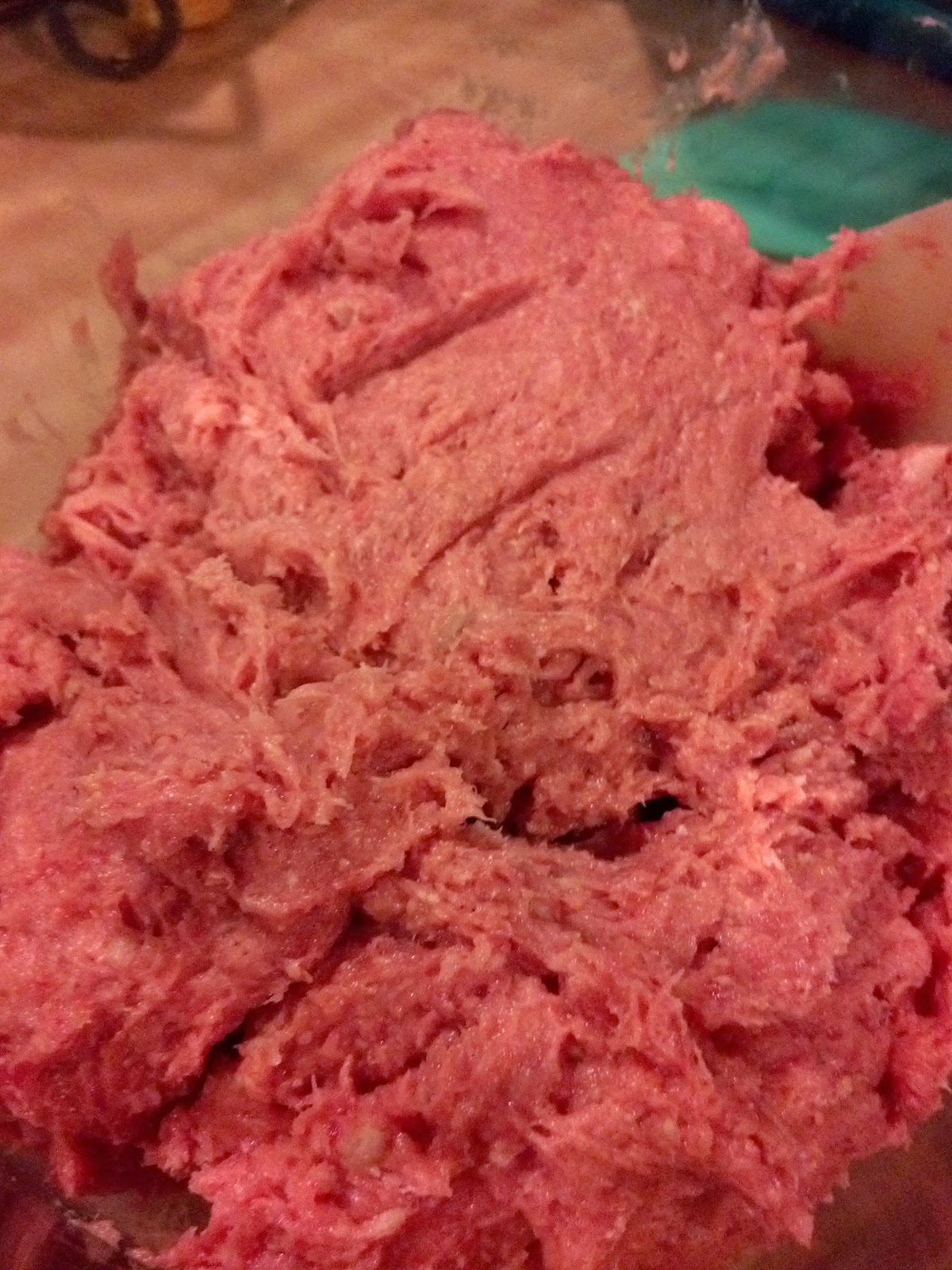Since I am pregnant, I've been revisiting the pregnancy and postpartum soups in my repertoire.
I was introduced to Miyeok Guk 미역국, a traditional Korean soup eaten on birthdays and postpartum, by my dear friends celebrating their birthdays and when I had my daughter. This is a deceptively simple, powerhouse medicinal soup! Seaweed is nutrient-dense superfood packed with calcium, vitamins A, B-12, C, K, iodine, potassium, chlorophyll, soluble fiber, helps to regulate estrogen/estradiol, and on top of that it binds to heavy metals in the intestines and helps to leach them out of your system. Yay for seaweed! (And yes, I know Fukushima has altered the radiation content in the Pacific and iodine which is abundant in seaweed binds to radiation. But I figure, it's all getting flushed out. Literally. Atlantic seaweed is harder to source and frankly, the US specialty companies that do so charge ridiculous prices. We do what we can and make compromises.)
There are dozens of varieties of edible seaweed. You should choose wakame (which I know is a transliteration of Japanese not Korean) or Miyeok (see, Korean). Though I have very rusty, phonetic reading ability in Hangul | Korean (courtesy of free language class at the Korean Cultural Center in LA way way back--did I mention I also got a BA in linguistics and had/have an affinity for languages?), I lack comprehension. So whenever I am in doubt, I look at the picture and make sure there is a bowl of soup on the label.

I start with Junghee's mom's recipe which she shared with my mom after I gave birth. I use other non-traditional nutrient-dense ingredients to amp up the nutritional profile. Miso adds probiotics (and if you really want to go the extra mile, add GMO-free organic natto for the Vitamin K2). I stopped eating soybeans some years ago because of the phyto-estrogens (big deal for women of childbearing age) and the GMO issue. Every now and then I will make an exception for organic, fermented soybeans. So this is another one of my exceptional recipe for fermented soybeans. Read the labels for miso & natto carefully to make sure it's organic, GMO-free, MSG-free and is naturally fermented with koji cultures (rice or barley malt). Natto has a very strong challenging flavor so you may want to omit if you don't like stinky ferments.
You can use a bone broth base to have a more rich soup base and/or use fish sauce and dried bonito flakes (be sure it doesn't have MSG though!) If you are using shellfish, the juice from the shellfish will also enrich the soup base. My favorite is clams because they are high in iron and with the seaweed combine to make a blood building/fortifying soup that is perfect for moon cycles, pregnancy, postpartum, and post-surgery. This has been a great boost for me when I start feeling fatigued from the crazy things pregnancy does to one's body. I try to eat it at least once a week or so. When I am too busy to get fresh clams, I used canned. I know. Totally not as good, but way easier to store and have on hand in the pantry. (note 1/15/2017 I've since discovered frozen clams at Whole Foods. Infinitely better than canned!)
This is one of my daughter's favorite soups. Once when she was a toddler, she ate a huge adult sized portion of it. And then at bedtime she puked black-green goop all over the bed which I had the parental sixth sense ability to catch in my hands. Mostly. Good times.
Ingredients
- ~1 cup dried Miyeok/Wakame seaweed
- toasted sesame oil
- garlic (optional)
- sea salt
- 8 cups water or bone broth
- cubed beef steak, whole cleaned clams (shell on), canned clams including juice (choose an additive-free one), shellfish, and/or cubed, organic/GMO-free soft tofu
- 1-2 tbs of Red Boat fish sauce and/or bonito flakes (make sure it's additive-free)
- 2 tbs of organic, GMO-free miso to taste
- organic, GMO-free natto (optional)
Directions
1. Soak seaweed in water for 10 min in filtered water. Drain. Massage in sesame oil. Use kitchen shears and cut into bite sized pieces.2. Add sesame oil to pot and saute seaweed for 1 min. Add garlic (if u want) until it warms up.
3. Add beef if using and sauté for a few minutes.
4. Add bone broth or water, fish sauce and/or bonito and bring to a low boil.
5. Add shellfish if using and low boil until just cooked--the clams open up (~5 minutes).
6. Add tofu if using until it's hot.
7. Turn off stove. Add 1-2 tbs miso and natto if using. Sea salt to taste. Serve.







